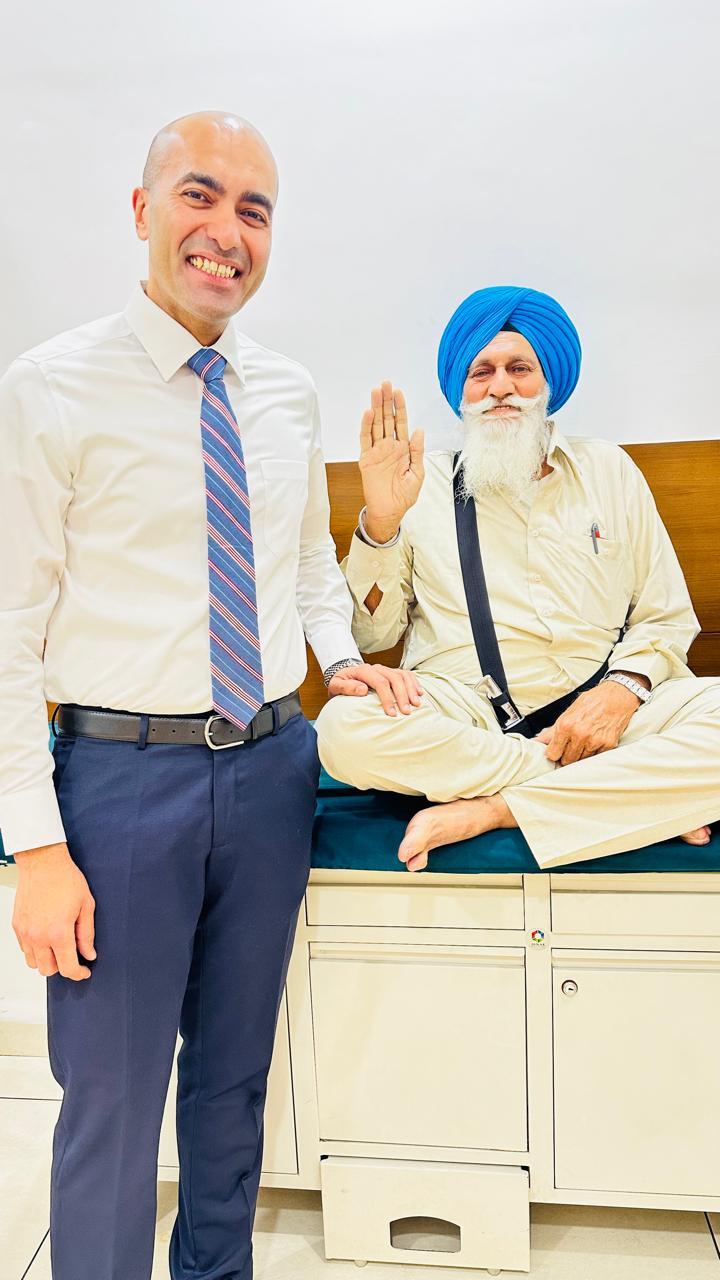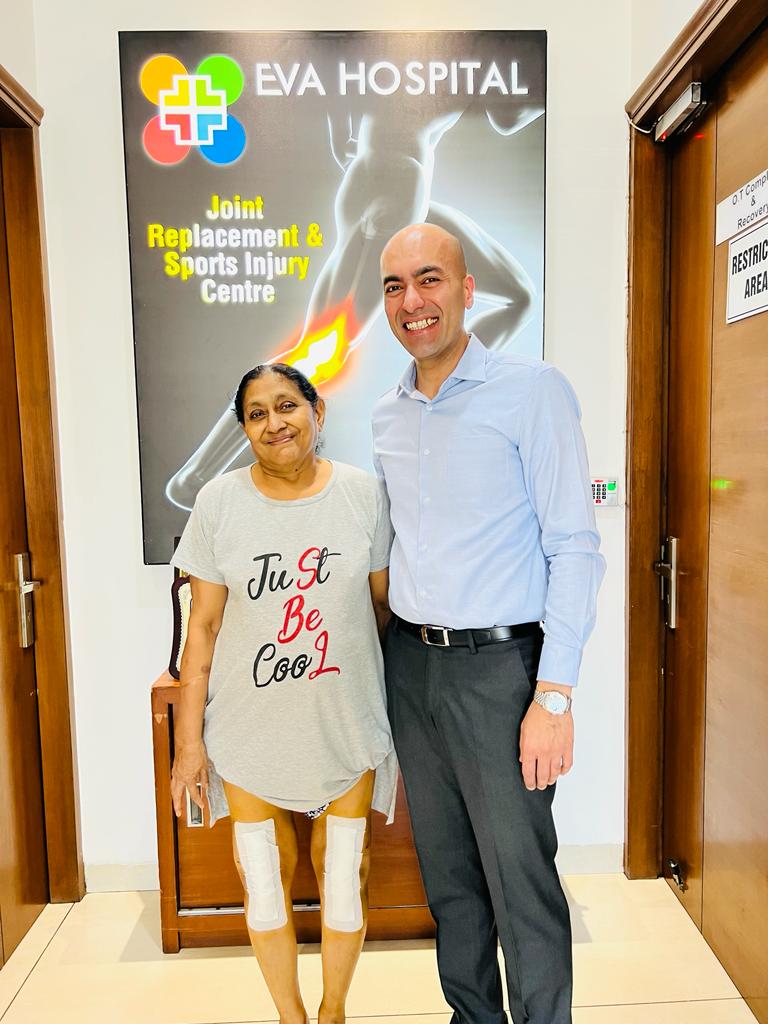[vc_row el_class=”cstm_container”][vc_column][vc_column_text]Lifestyle and dietary negligence are leading to a spurt in the number of cases in India where body joints have a wide variety of issues. However, modern science has also made it possible to nip such issues in the bud through a minimally invasive procedure known as arthroscopy. This brings us to the point, what exactly is arthroscopy and how does it work?
What is Arthroscopy?

The term is made from two Greek words: Arthro, meaning joint, and skopein, meaning to look. This makes the meaning of the procedure quite self-explanatory. Arthroscopy is the medical procedure to enable a surgeon to look within a body joint.
Arthroscopy is a minimally invasive surgical procedure, used in diagnosing and treatment of joint-related issues in a patient. In this procedure, a small video camera and a light are attached to a small tube, which is inserted into the body through minor incisions. The size of the incision is typically the same as the size of a buttonhole.
Arthroscopy: Usage

Arthroscopy is used to diagnose and treat various conditions or injuries of a joint and especially to repair or remove damaged or diseased tissue or bone. At first, it was used mainly for planning a standard open surgery. However, in recent times. With the latest tools and techniques, multiple ailments can also be treated with this procedure. In short, arthroscopy allows orthopedic surgeons to visualize and treat problems inside a joint.
However, its primary uses are in treating the following:

ACL Tear: Arthroscopic surgery is found to be extremely effective in repairing a partially or completely torn anterior cruciate ligament.
Recurrent shoulder dislocation: Arthroscopic procedure helps repair tears to the labrum, the ring of cartilage around the edge of your shoulder socket.
Rotator cuff joint: If you have a torn rotator cuff, your doctor would recommend arthroscopic surgery to fix the tear.
When does the need to conduct arthroscopy arise?
Among patients whose bones, cartilage, ligaments, muscles, and tendons have either been damaged or injured, arthroscopy is used to diagnose and treat the issue. However, before this stage, your doctor will perform a through physical examination, check your medical history, conduct X-rays, etc., before prescribing arthroscopy.
Areas of the body for which Arthroscopy can be performed
• Knee
• Shoulder
• Elbow
• Ankle
• Hip
• Wrist
Conditions typically treated with arthroscopy
• Rotator cuff tendon tears
• Shoulder impingement
• Meniscal tears
• ACL tears
• Carpal tunnel syndrome
• Loose knee bone/cartilage
• Removal of loose shoulder bone/cartilage
• Removal of loose elbow bone/cartilage
• Removal of loose ankle bone/cartilage
• Removal of loose wrist bone/cartilage
• Repair of torn ligaments
Arthroscopic surgery: Recovery
Recovery after this procedure is faster as compared to an open surgery that requires large incisions. While a week’s rest is typically mandatory, you may be able to return to work within a few days, depending on the procedure. However, it would be several weeks before the joint is fully recovered. One can go for physical therapy, but no dynamic or weight exercises are suggested during the recovery period. All in all, with a combination of medication, relaxation, protection, and exercises, you will recover fast and the operated-upon body part will regain its maximum capacity.
Why has this procedure garnered so much attention?
Arthroscopic surgery has become highly popular as a problem correction in the medical field because it is now commonly used to treat athletes of global stature. With its speedy recovery and largely risk-averse nature, arthroscopic surgery has become an extremely valuable tool to care for orthopaedic issues when compared to open surgery.[/vc_column_text][/vc_column][/vc_row]


















